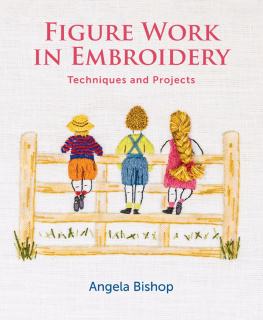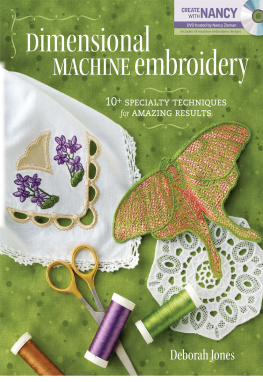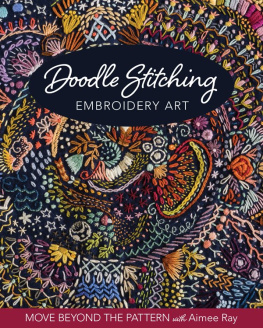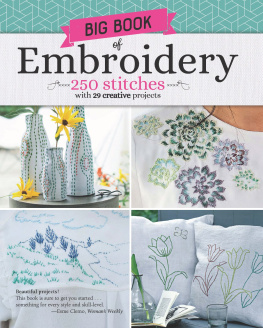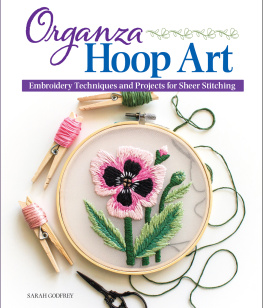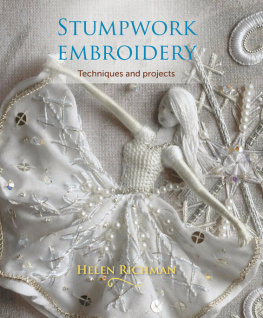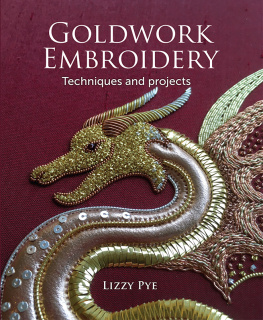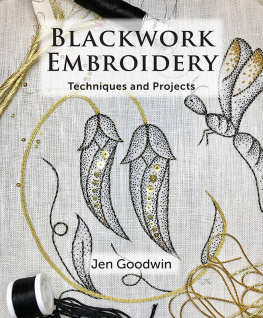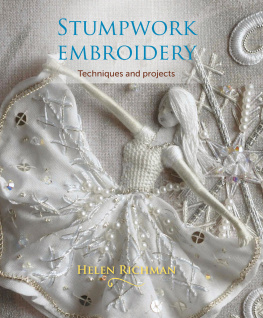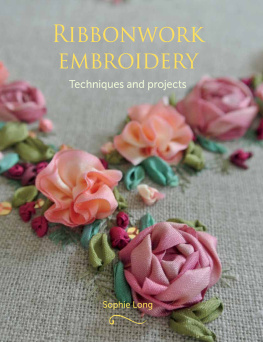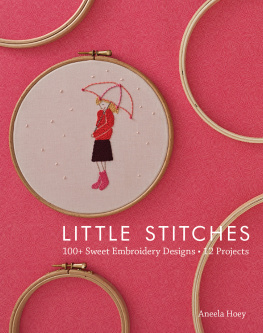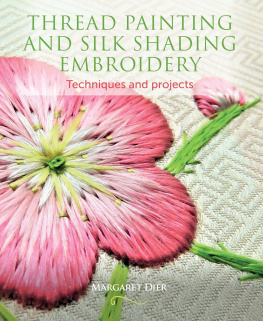Angela Bishop - Figure work in embroidery : techniques and projects
Here you can read online Angela Bishop - Figure work in embroidery : techniques and projects full text of the book (entire story) in english for free. Download pdf and epub, get meaning, cover and reviews about this ebook. year: 2020, genre: Home and family. Description of the work, (preface) as well as reviews are available. Best literature library LitArk.com created for fans of good reading and offers a wide selection of genres:
Romance novel
Science fiction
Adventure
Detective
Science
History
Home and family
Prose
Art
Politics
Computer
Non-fiction
Religion
Business
Children
Humor
Choose a favorite category and find really read worthwhile books. Enjoy immersion in the world of imagination, feel the emotions of the characters or learn something new for yourself, make an fascinating discovery.
- Book:Figure work in embroidery : techniques and projects
- Author:
- Genre:
- Year:2020
- Rating:5 / 5
- Favourites:Add to favourites
- Your mark:
- 100
- 1
- 2
- 3
- 4
- 5
Figure work in embroidery : techniques and projects: summary, description and annotation
We offer to read an annotation, description, summary or preface (depends on what the author of the book "Figure work in embroidery : techniques and projects" wrote himself). If you haven't found the necessary information about the book — write in the comments, we will try to find it.
Figure work in embroidery : techniques and projects — read online for free the complete book (whole text) full work
Below is the text of the book, divided by pages. System saving the place of the last page read, allows you to conveniently read the book "Figure work in embroidery : techniques and projects" online for free, without having to search again every time where you left off. Put a bookmark, and you can go to the page where you finished reading at any time.
Font size:
Interval:
Bookmark:

FIGURE WORK
IN EMBROIDERY
Techniques and projects
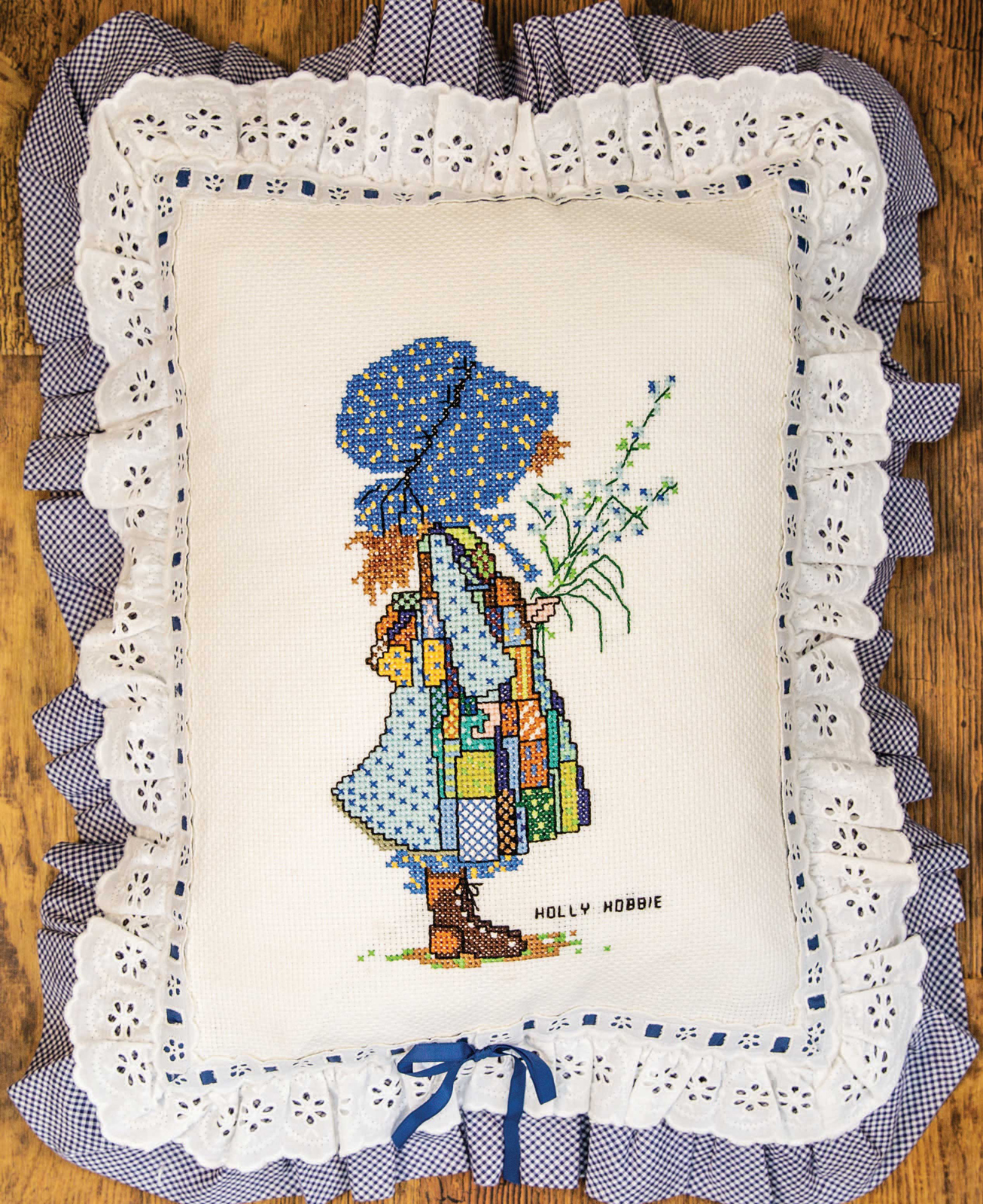
FIGURE WORK
IN EMBROIDERY
Techniques and projects
Angela Bishop

First published in 2020 by
The Crowood Press Ltd
Ramsbury, Marlborough
Wiltshire SN8 2HR
www.crowood.com
This e-book first published in 2020
Angela Bishop 2020
All rights reserved. This e-book is copyright material and must not be copied, reproduced, transferred, distributed, leased, licensed or publicly performed or used in any way except as specifically permitted in writing by the publishers, as allowed under the terms and conditions under which it was purchased or as strictly permitted by applicable copyright law. Any unauthorised distribution or use of this text may be a direct infringement of the authors and publishers rights, and those responsible may be liable in law accordingly.
British Library Cataloguing-in-Publication Data
A catalogue record for this book is available from the British Library.
ISBN 978 1 78500 728 6

The book is dedicated to my mum
and my sister for always supporting
and encouraging my creative pursuits.
INTRODUCTION
Embroidery is one of mans oldest skills. Throughout history, embroidery has been used to create art with needle and thread, showcasing designs that would capture a scene from the time it was created, or with symbolic significance. The earliest embroidery is thought to be of Chinese heritage due to the cultivation of silk some 5,000 years ago; Western embroidery can only be traced back to the Middle Ages.
Due to the delicate and fragile nature of the materials used for embroidery, many historical pieces have been lost through poor preservation. Those that remain often include sophisticated designs, sometimes incorporating human figures.
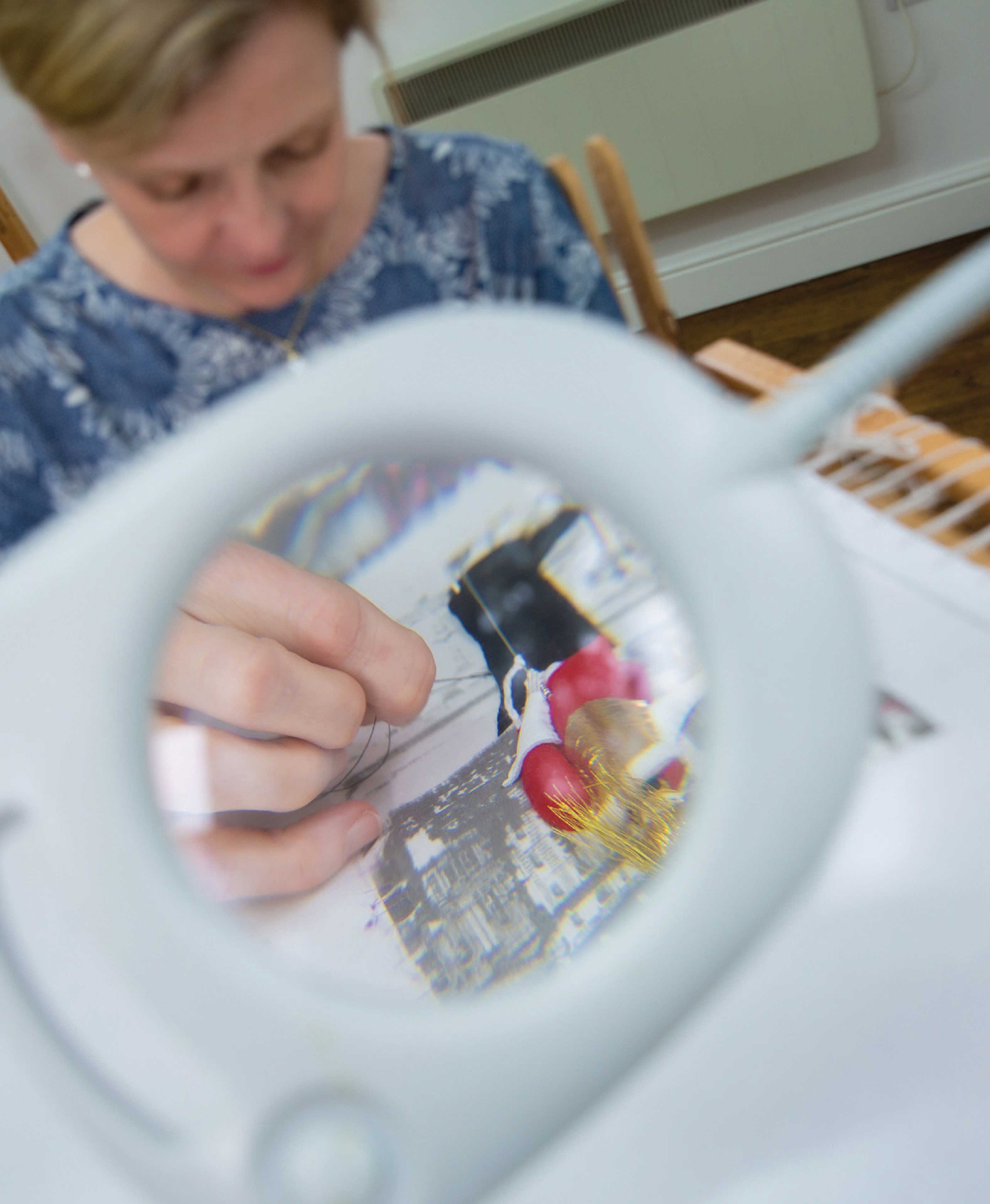
Stitching a stumpwork figure in my studio.
One of the earliest surviving embroideries is a linen roundel dating back to the sixth to eighth century ce, which was found at an Egyptian burial ground; it is a design that portrays the Annunciation and Visitation with four naively designed figures. During 1827 in Durham Cathedral a stole and maniple dating back to the tenth century was discovered in the tomb of St Cuthbert, with an embroidery of a saint intricately stitched in gold and silk. Perhaps the most famous surviving embroidery from the early Middle Ages is the Bayeux Tapestry.
I will briefly describe some of the popular embroideries that can be seen in museums today both historical and more contemporary pieces which represent embroidered figures in different techniques.
Housed in Normandy, France, the Bayeux Tapestry is a 70m-long and 50cm-high embroidered narrative wall hanging commemorating the Norman Conquest of Britain, including the Battle of Hastings. Narrative historical hangings were a part of European embroidery tradition in the Middle Ages, but many have not survived.
The Bayeux Tapestry is made up of joined sections of simple needlework. It is thought to be of English workmanship and probably stitched by professional embroiderers. It is worked on a linen fabric using eight shades of coloured two-ply wools yellows, greens, blues and terracotta reds and is an impressive example of some six hundred embroidered figures. It is not a tapestry as it is not a woven textile. It is in fact the oldest surviving example of crewelwork embroidery (wool embroidery).
The characters are nave and slightly obscure in design and is stitched using laid stitches for filling stitches, couching for outlines and stem stitch for details and lettering. The needlework serves as a historical document recording different types of clothing, daily activities such as farming, hunting and cooking, and even records the appearance of Halleys Comet. The figures are generally designed in profile with simple facial features and more detailed clothing. This embroidery has become the inspiration for many other embroidery projects over time.
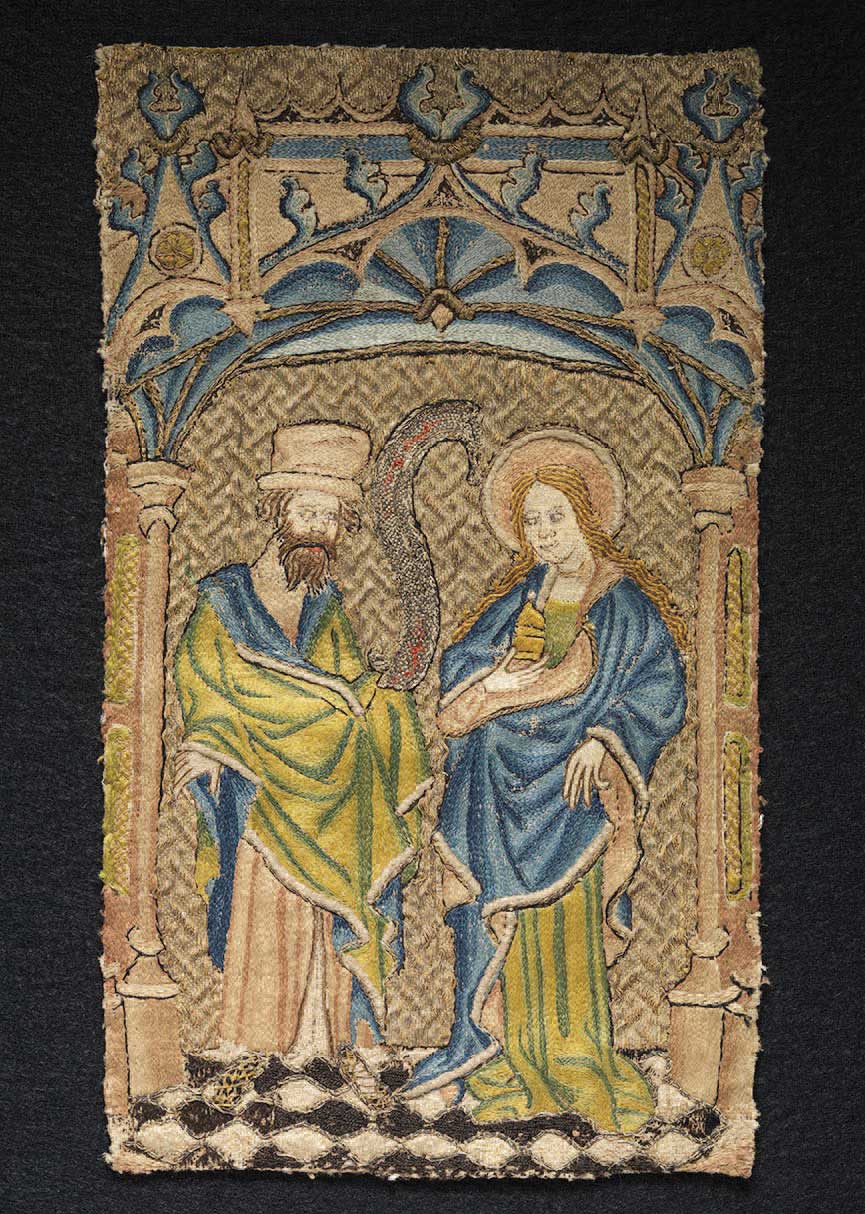
A panel of opus anglicanum with Mary Magdalene and a male prophet, England, c.1400. Dimensions: 32.7 19.5cm. Courtesy of Sam Fogg, London.
Opus anglicanum (meaning English work) refers to work of the Middle Ages when English embroidery enjoyed international fame for its highly skilled, widely admired and technical proficiency in embroidered textiles fit for royalty and the clergy. Generally worked in high-quality silks, threads made from precious metals and jewels, the designs of this era famously showcase figures of saints and prophets intricately stitched in split-stitch shading. Fine details of faces, hands and feet are stitched in silk, with clothing often stitched in metal threads using the underside couching technique that was invented in this era by the skilled embroiderers.
Embroidered items from this era are primarily ecclesiastical and some still survive today. The Victoria and Albert Museum recently exhibited one of the largest displays of opus anglicanum pieces. This exhibition dazzled the trained and untrained eye to the magnificence of the skills shown in this era, many of the items showcasing technical excellence in embroidered figures.
These five large artworks are true tapestries, as they are woven. Little is known about who produced them, but it is believed they were designed and constructed in the fifteenth century in France. Housed at the Muse de Cluny in Paris, I was fortunate enough to see them on a visit to Sydney when they were being displayed at the New South Wales Art Gallery. A tapestry is a woven fabric, where a loom is set up with dozens of warp threads (vertical threads) and woven with weft threads, which follow a colour drawing design underneath called a cartoon.
Considering how old these textiles are, the colours of the threads have withstood the test of time, with some conservation evident in areas. The colour combination of gold, burnt oranges, dusky blues and creams all blend well, giving these pieces a lavish feel. It is the intricate details of facial features, hair, hands and clothing the weaver has portrayed, which makes these tapestries so unique and beautiful.
This popular form of embroidery during the seventeenth century (today we call it stumpwork), sometimes referred to as domestic embroidery, often contained figures in the designs of panels, boxes, caskets and mirror surrounds. Many of these items were worked by young girls, demonstrating their embroidery skills, and contained figurative characters dressed in costume. Popular themes included biblical figures; myths and legends; royalty or people of significance; and commemorative events.
Font size:
Interval:
Bookmark:
Similar books «Figure work in embroidery : techniques and projects»
Look at similar books to Figure work in embroidery : techniques and projects. We have selected literature similar in name and meaning in the hope of providing readers with more options to find new, interesting, not yet read works.
Discussion, reviews of the book Figure work in embroidery : techniques and projects and just readers' own opinions. Leave your comments, write what you think about the work, its meaning or the main characters. Specify what exactly you liked and what you didn't like, and why you think so.

